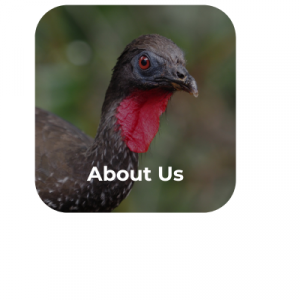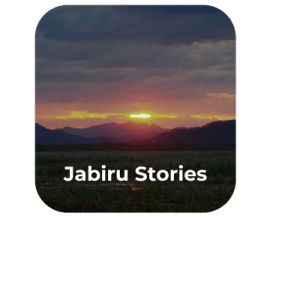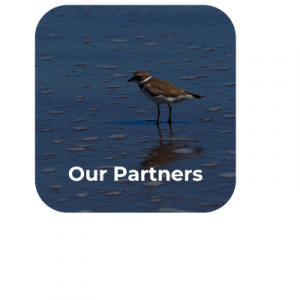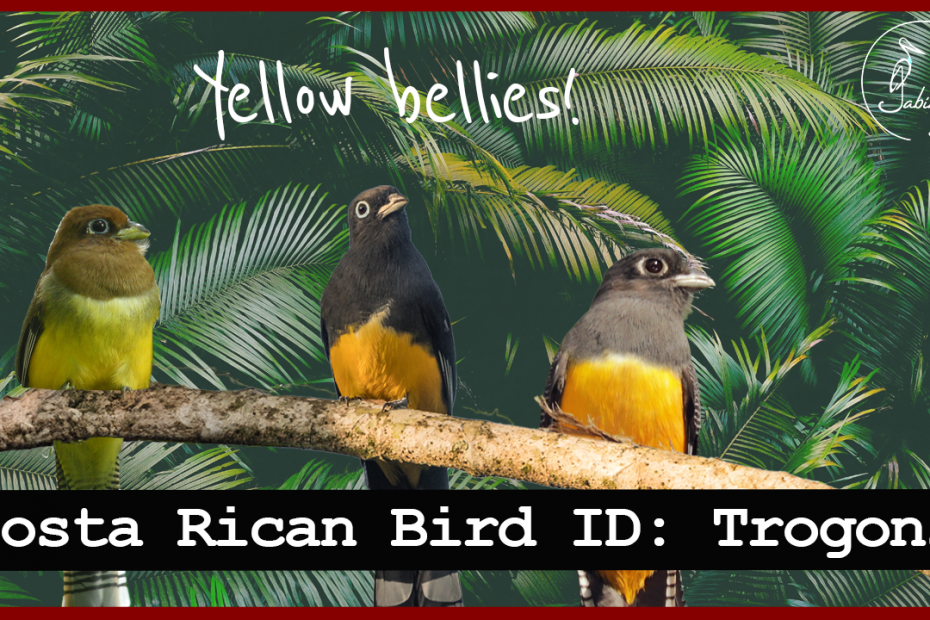When planning a visit to Costa Rica and leafing through the field guide in anticipation, the three pages detailing the Costa Rican trogons are a true show-stopper. And I have good news for those of you new to birding in the tropics: Most trogons are actually quite easy to see and, maybe contrary to a first impression, also easy to distinguish from one another.
Costa Rica hosts three species of trogons with yellow bellies and another six species with red-bellies. Depending on your field guide, you might come across another one, the Orange-bellied Trogon, which is now mostly considered a subspecies of the Collared Trogon. While one of them, the sought-after Resplendent Quetzal, is truly unmistakable, some of the others at first can pose a challenge to the inexperienced observer. In fact, while browsing the internet for images to use in my latest two YouTube videos, I came across quite a few startling misidentifications. (One of them even confusing a neotropical trogon with one of its Southeast Asian cousins, although, to be fair, they are quite similar.)
The aforementioned YouTube videos go over the Trogon species in some detail to help interested birders identify Costa Rican Trogons, although I’ve done my best to keep it digestable. But while I was summarizing the field marks of the different species, I decided that an even more concise format might be of interest to some. Check out the Trogon Identification Cheat Sheet below – you can also download a pdf version here.

If you’re a more visual learner, check out the accompanying YouTube videos! Here’s Part 1 – in which we cover the three species of yellow-bellied trogons in Costa Rica:
If you love trogons and/or this kind of content, be sure to check out our store!
We even have a beautiful Black-Headed Trogon T-Shirt in there 😉









